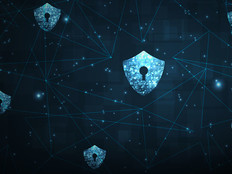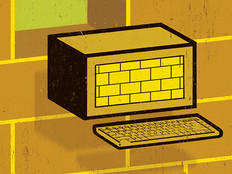How to Secure a UC System
A unified communications system provides a single interface for voice communication, e-mail, instant messaging/chat services, video conferencing and other communications mechanisms. Although UC systems provide a number of benefits, they also introduce new security risks that organizations must mitigate to avoid unnecessary compromises and damage. These risks largely involve making resources available through data networks that used to be on separate voice and video networks.
Fortunately, some standard security practices can adequately protect UC systems against threats from the Internet and other networks.
1. Focus on vulnerability and threat management.
A UC system contains many client and server software components. Each of these components may be attacked and potentially exploited to gain access to sensitive information, such as voicemail and e-mail, or to serve as a stepping stone for attacking other systems. It’s critically important that organizations keep their UC system components fully up to date with all operating system and application patches — particularly for the UC applications themselves — as part of vulnerability management. This will eliminate known software flaw vulnerabilities and reduce attackers’ opportunities to compromise UC system components.
A strong complement to vulnerability management is threat management. One of the most common security controls for threat management is antivirus software. Organizations should ensure that their UC system components that are vulnerable to malware attacks are protected through installed, activated and fully up to date antivirus software. This software should be updated as frequently as possible, perhaps multiple times a day, to help the system thwart the latest threats against it.
2. Control internal and external network access.
One of the distinguishing features of a UC system is that it unifies several communication mechanisms over a single network. Accordingly, organizations must protect these network communications from eavesdroppers, denial of service attacks and other threats that could disrupt or expose an organization’s sensitive communications.
Accomplishing this protection involves a variety of security controls. On the organization’s internal networks, traffic encryption should be used to prevent users from eavesdropping on each other’s communications. Organizations should also configure their internal networks to respect Quality of Service constraints, so that latency-intolerant communications such as voice and video have adequate bandwidth reserved to support their availability. Organizations should also employ firewalls and other packet-filtering technologies to shield their UC systems from denial of service and other attacks.
3. Deploy strong authentication for remote users.
Remote users may expect to employ rather weak authentication methods, such as personal identification numbers (PINs), to gain access to their UC resources because they’ve been permitted to do this in the past to access voicemail services. However, this authentication mechanism is often too dangerous for organizations to condone for UC because the UC system provides access to so many resources through one entry point, and a four-digit PIN simply does not provide adequate protection for all of those resources.
Organizations should consider implementing strong authentication mechanisms for remote users to access their UC resources. At a minimum, organizations should employ a strong password, preferably more of a passphrase, and require it to be changed frequently. However, many organizations have decided that all remote access necessitates multifactor authentication because of the relative weakness of single-factor authentication and its susceptibility to compromise. These organizations should consider using passwords alongside cryptographic tokens, biometrics or other “something you have” and “something you are” authentication factors to achieve strong authentication for remote users.







